Applications Of Gadolinium Metal
Gadolinium is a silvery‐white metal with ductility. It has a melting point of 1 313°C, a boiling point of 3 266°C and a density of 7.9004 g/cm³. Given its physical and chemical properties, Gadolinium metal finds applications in medicine, industry, nuclear energy and other fields. In this article we describe the applications of gadolinium metal.
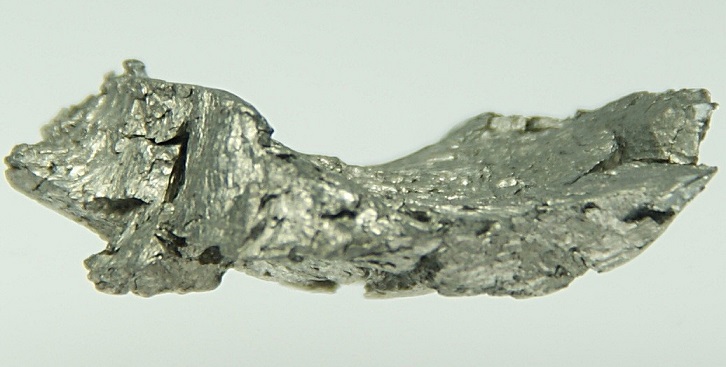
Applications of Gadolinium Metal
-
Application of Gadolinium in the Medical Sector
In medicine, the gadolinium-diethylenetriaminepentaacetic acid (DTPA) complex is utilsed as a radiographic contrast agent, and barium is employed as an intensity modifier for magnetic resonance imaging (MRI). Water molecules in proximity to gadolinium ions are affected by its magnetic field, thereby altering their characteristics relative to unaffected water. Consequently, contrast imaging facilitates accurate diagnosis.
-
Application of Gadolinium in Industry
In magnetic bubble storage, gadolinium-potassium garnet is used as the carrier material. A vertical magnetic field is applied to the substance to transform it into a cylindrical magnetic field. When the field is intensified, the magnetic effect is quickly diminished. The magnetic bubble storage can store data and is generally used for information collection. Other uses of gadolinium are analogous to those of Terbium and Dysprosium in optical fibres and optical plates. In magneto-optical recording, light is employed to distinguish between magnetised and non-magnetised areas. Data may thereafter be rewritten and recorded.
-
Application of Gadolinium in Nuclear Energy
In nuclear power generation, the substantial neutron absorption cross section of gadolinium isotopes permits its use in control rods and as a neutron absorber in light water reactors and fast breeder reactors. Gadolinium reacts strongly with thermal neutrons. Consequently, this characteristic allows gadolinium to absorb otherwise invisible neutrons and produce fluorescence, thereby serving as a fluorescent agent for X-ray films.
Specific Uses of Gadolinium
- Its water-soluble paramagnetic complex enhances the imaging signal during nuclear magnetic resonance (NMR) examinations.
- Its sulphur oxide may be used as the matrix in oscilloscope displays with defined brightness and as an X-ray intensifier screen.
- Gadolinium in gadolinium-gallium garnet acts as an ideal single substrate for bubble storage.
- In the absence of constraints from Carnot cycle limitations, it can be applied as a solid magnetic refrigerant.
- It is employed as an inhibitor to control the chain reaction in nuclear power plants, thereby ensuring operational safety.
- It can also be used as an additive in Samarium-Cobalt magnets to maintain performance stability with temperature variations.
- Furthermore, the use of Gadolinium oxide in combination with lanthanum induces modifications in the vitrification zone and improves the thermal stability of glass. Gadolinium oxide is also used in the manufacture of capacitors and X-ray intensifier screens.
- Research is currently focusing on the application of gadolinium and its alloys in magnetic cooling, and progress has been achieved. Magnetic refrigerators that use superconducting magnets, metallic gadolinium or its alloys as the coolant at room temperature are already available on the market.
Conclusion
Thank you for reading this article. We trust that it provides a clearer understanding of the applications of gadolinium metal. Should you wish to learn more about gadolinium metal and its alloys, we recommend a visit to Stanford Advanced Materials (SAM), where further information is available.
Stanford Advanced Materials (SAM) is a global supplier of gadolinium products with over two decades of experience in the manufacture and sale of gadolinium and its alloys. The company supplies gadolinium products that satisfy the research and production requirements of its customers. We are confident that SAM will be your preferred supplier and business partner for gadolinium products.

 Bars
Bars
 Beads & Spheres
Beads & Spheres
 Bolts & Nuts
Bolts & Nuts
 Crucibles
Crucibles
 Discs
Discs
 Fibers & Fabrics
Fibers & Fabrics
 Films
Films
 Flake
Flake
 Foams
Foams
 Foil
Foil
 Granules
Granules
 Honeycombs
Honeycombs
 Ink
Ink
 Laminate
Laminate
 Lumps
Lumps
 Meshes
Meshes
 Metallised Film
Metallised Film
 Plate
Plate
 Powders
Powders
 Rod
Rod
 Sheets
Sheets
 Single Crystals
Single Crystals
 Sputtering Target
Sputtering Target
 Tubes
Tubes
 Washer
Washer
 Wires
Wires
 Converters & Calculators
Converters & Calculators
 Write for Us
Write for Us

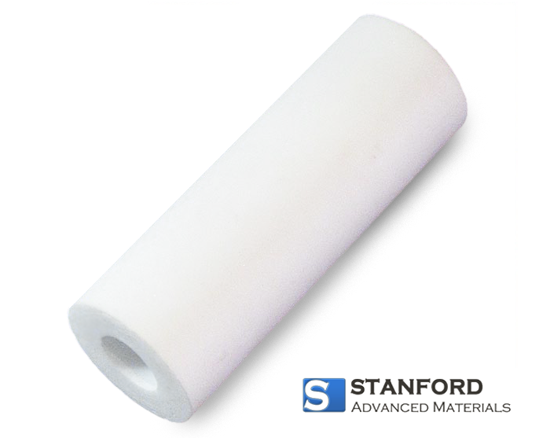
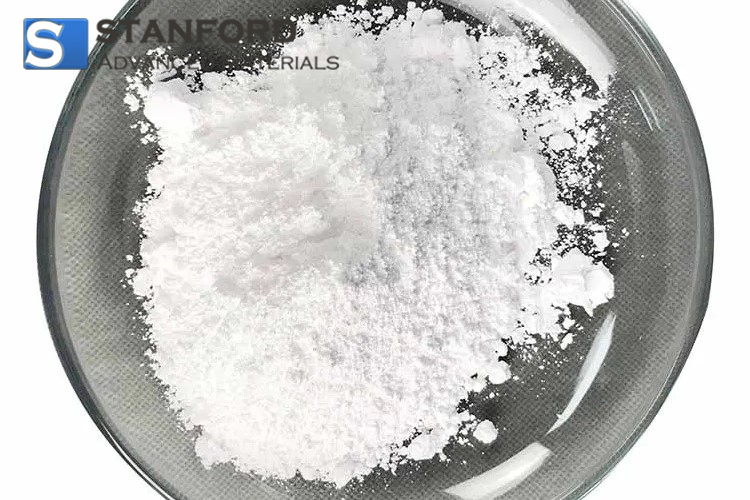
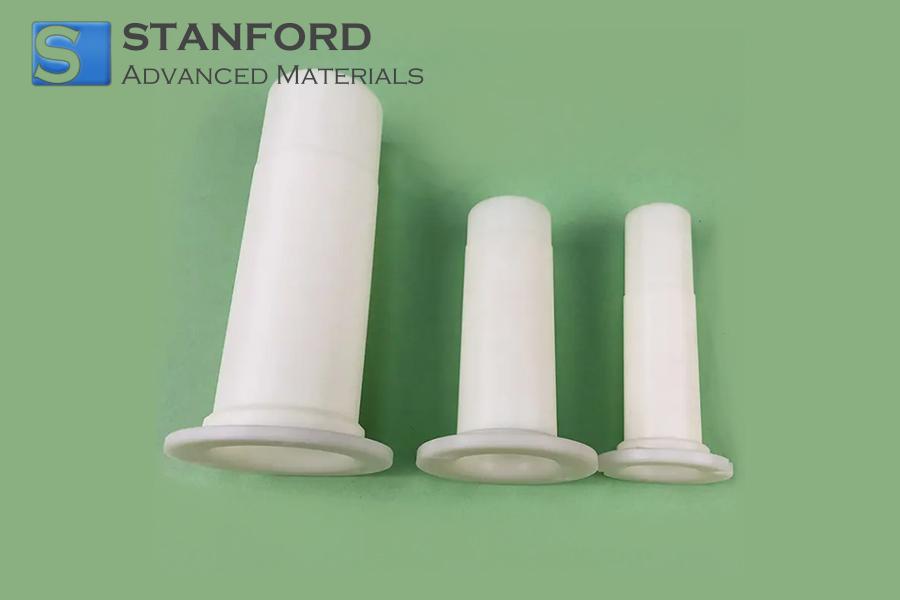
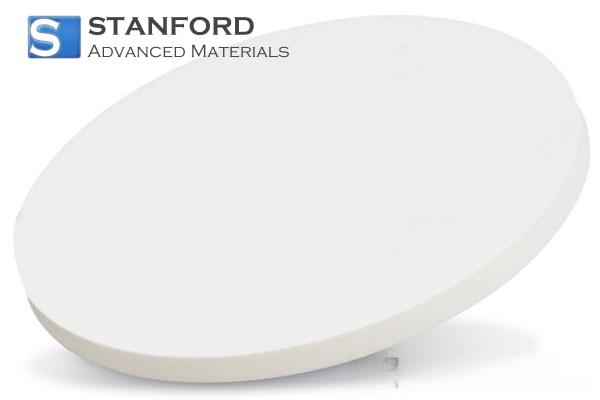
 Chin Trento
Chin Trento



